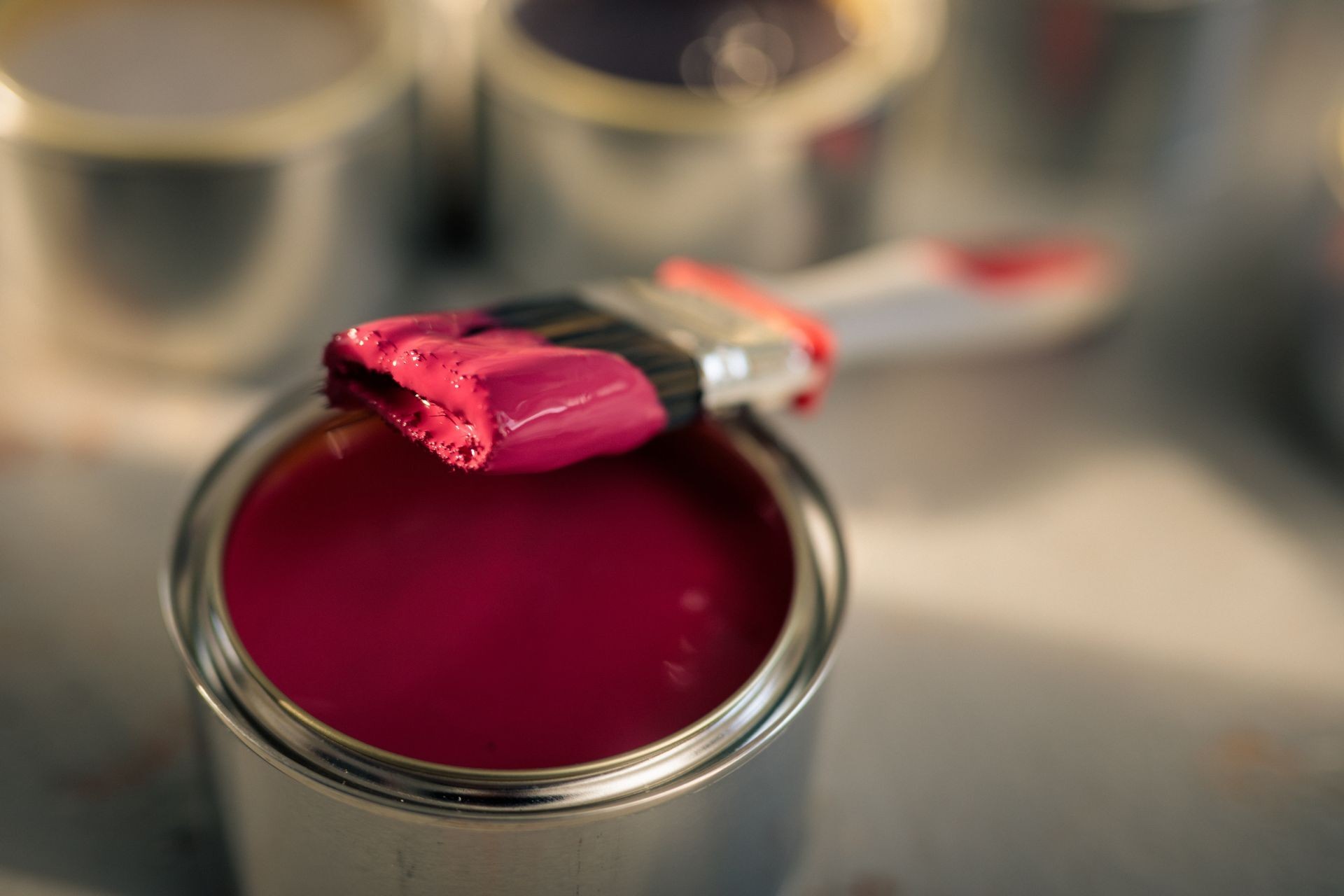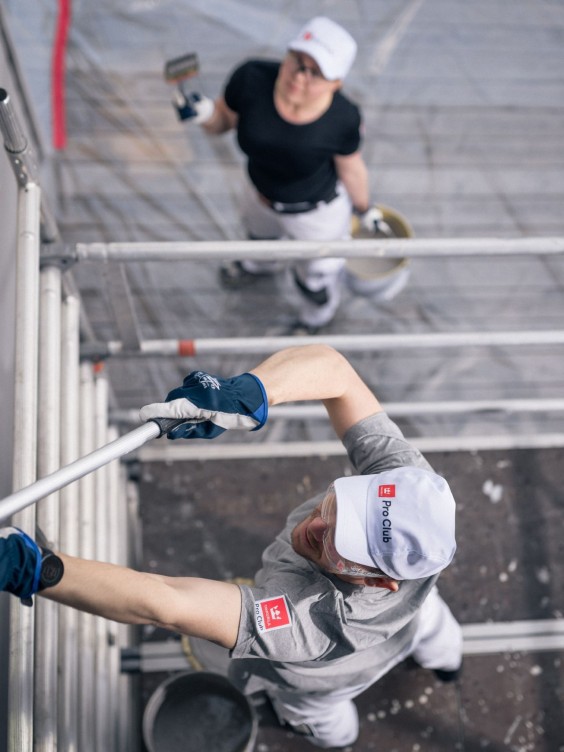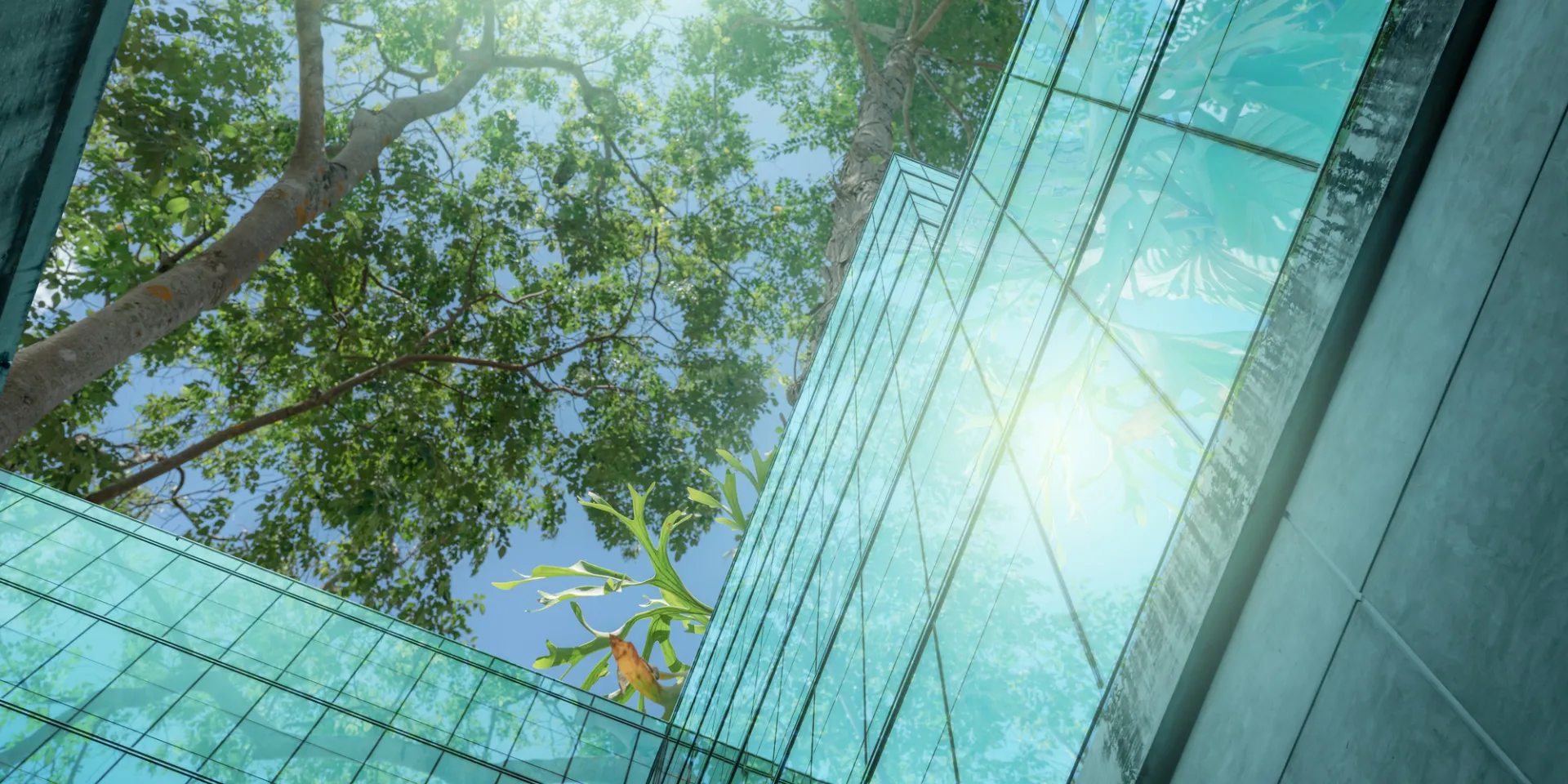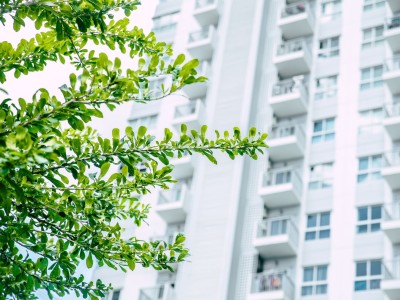You’re visiting Tikkurila website from United Kingdom. Would you like to visit the local UK site?
Commercial painting becomes more sustainable
On our way to more sustainable, eco-friendly painting projects we must be mindful of the chemicals’ environmental impact.

There’s no way getting around it: paints have chemicals. On our way to more sustainable, eco-friendly painting projects we must be mindful of the chemicals’ environmental impact – as well as adopt a 360° mindset in all things relating to sustainability.
Today, commercial painting is very much affected by green building practices which are aimed at reducing the environmental impact of buildings. More than just push down on carbon, the green building certificates also consider occupant health and well-being.
Green building (or, in other words, sustainable construction) is often measured by different voluntary certifications such as BREEAM, LEED or WELL – and paints are, quite naturally, included in these green certificates.
There are dozens of different green building certifications. They are applicable to all phases of a building from planning and design to the eventual demolition, targeting different building types from residential construction to shopping centres. Green Building Councils, which are members of the World Green Building Council (WorldGBC) global network, develop and administer many of the world’s building certifications.
No painting & coatings company is familiar with all the green certificates out there, but it makes sense to acquire at least rudimentary sense of the certifications most common in your country/area.
How to win the green building contract
For painting companies seeking to participate in ambitious green building projects, there are a few things you can do to make your case more presentable. As always, it is important to choose the right products and apply them correctly. Following the technical guidance and manufacturer specifications is crucial to ensuring optimal performance and longevity of construction materials.
First of all, you should choose paints and coatings with low VOC content, since minimizing VOC emissions is an important aim of green building. Most companies today recognize that low VOC content is key to indoor air quality and the well-being of building users, and insist on low VOC offices and other premises.
Second, you should select exterior paints that feature heat-reflective properties. Since energy efficiency is a major consideration in green building, it makes sense to suggest paints with enhanced heat-reflective properties for a green building project. With proper heat-reflective paints, the buildings’ indoor and surface temperatures are significantly reduced, translating to less energy needed for running cooling systems.

Durable products with minimal maintenance
Finally, you should always be especially mindful in choosing durable products which require minimal maintenance. The reason for this is simple: each repaint puts a further strain on the environment.
Therefore, from an environmental perspective, the best paint job is one that lasts for years, with very little maintenance painting required. (And, obviously, the same holds true from the economic point of view.)
In Northern Europe, most painters are very familiar with the M1 classification system. Widely used in building projects, the M1 was developed by the Finnish Society of Indoor Air Quality and Climate, setting limit values for the emission of VOC, formaldehyde and ammonia. M1 classified paints are excellent choices for use in, for example, LEED and BREEAM certified buildings. Read more about M1 from our article.
Resource management saves time, money & environment
And when the contract is won and you’re on the job, there are a couple of ways to stay sustainable. It all starts with proper planning: crunching the numbers right means that you deploy resources wisely, and won’t end up with surplus paint, for example.
Another crucial factor is surface preparation. Proper surface preparation means, in all likelihood, that you’re able to save on paint and work hours. Following the product instructions on application will also help to eliminate missteps in the project.
Furthermore, while painting, you may observe problems relating to rainwater flow or moisture control. Relaying this information to the developer/building owner can be a real lifesaver down the road.
One more thing: It’s good to keep in mind that an uncluttered worksite supports sustainability, as well. Take care of your tools and materials – and be sure to recycle appropriately.




